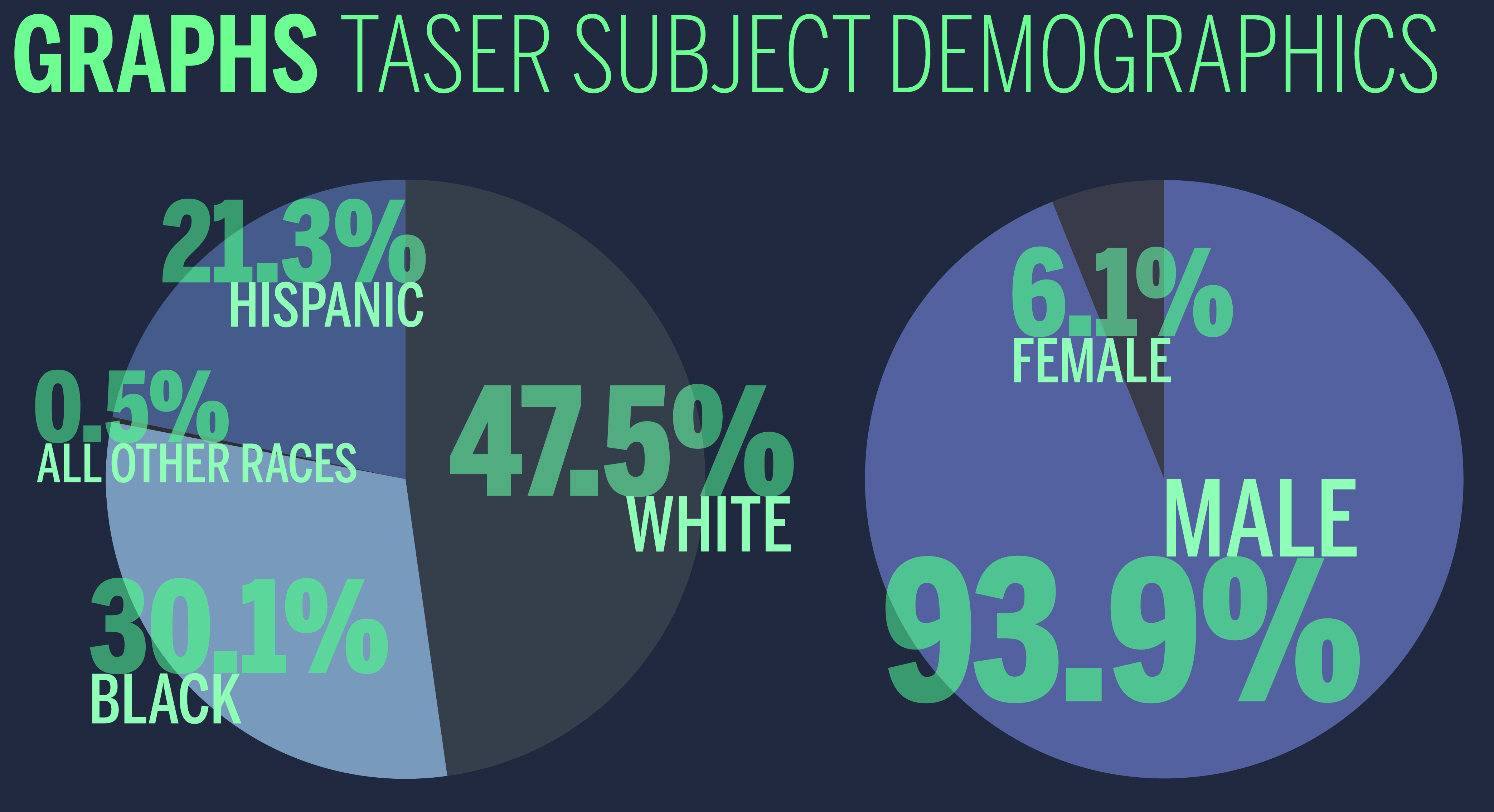
Connecticut police officers disproportionately use their Tasers — electronic defense weapons — against minorities, according to a landmark report released this summer by researchers from the Institute for Municipal and Regional Policy at Central Connecticut State University.
The report, the first of its kind in the country, was mandated by a bill passed by the Connecticut General Assembly in 2014, less than a month after 22-year-old José Maldonado died from an East Hartford police Taser stun. The bill requires police departments to carefully document incidents of Taser use and report the details of those incidents to Connecticut’s Office of Policy and Management. The data for 2015 showed that less than 1 percent of the 700,000 arrests and traffic stops in Connecticut involved the use of Tasers. Among these incidents involving Tasers, police officers were significantly more likely to fire their Tasers against racial minorities. Officers fired their Tasers 60 percent of the time in conflicts involving white people, 69 percent of the time in incidents involving Hispanic people and 80 percent of the time in those involving black people.
“Public safety, not subconscious or conscious biases, should determine whether and when police draw their Tasers,” said David McGuire, legislative and policy director and interim executive director of the ACLU of Connecticut as well as an advocate of the bill that led to the report. “Now, it’s time to ask some tough questions about why police are disproportionately pointing Tasers at minorities and people in crisis, and how our state can prevent more tragedies and misuse.”
The report also found that many of those involved in Taser incidents with Connecticut police officers had problems with their mental health. According to the report, 33 percent of those involved were “emotionally disturbed,” and 13 percent were suicidal. Nearly half of those involved were under the influence of alcohol or drugs, or appeared to be.
Police officers primarily use Tasers as tools to constrain noncompliant or disruptive individuals without severely injuring them. Yale Police Department officers just began carrying Tasers this year.
“[A Taser] provides alternative means of dealing with a certain degree of various resistance or aggressive behaviors,” YPD Lieutenant Von Narcisse said.
Although deaths from Taser stuns are rare, there have been several recorded instances. In Connecticut alone, at least 17 people have died from Taser stuns since 2005, according to data released by the ACLU.
The high level of incidents of Taser use by police against minorities is likely related to factors other than race, such as poverty and mental health, said Eugene O’Donnell, a lecturer at the John Jay College of Criminal Justice at The City University of New York. According to O’Donnell, the report’s observation that Connecticut Taser use disproportionately affects racial minorities was “not surprising.”
“Poverty is not distributed equally,” O’Donnell said. “Mental health is not distributed equally. The idea of perfect symmetry — that would be shocking to me.”
Taser use by Connecticut police officers occurs primarily in urban areas where there exists both a large minority population and a large amount of crime, such as Hartford, Bridgeport and New Haven.
The Institute for Municipal and Regional Policy at Central Connecticut State University was founded in 2002.







